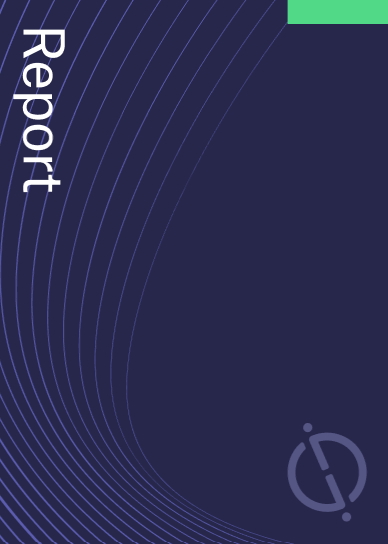Petroleo Brasileiro had two patents in artificial intelligence during Q3 2023.
The first patent is for a methodology that calculates the service life of flexible tubes subject to the SCC-CO2 phenomenon. It allows for the identification of critical ducts and enables actions to be taken for the most critical ones. The methodology also ensures safe operation even in degraded pipes.
The second patent is for an intelligent system that models a sensor using data from other sensors related to the same machine or process. Machine learning models, such as LSTM and GRU networks, are used to train the system. This allows for the estimation of data from faulty sensors and continuous monitoring of machine and industrial process conditions.
The third patent is for an electronic system that acts as a master module in the absence of a response from the manufacturer’s proprietary module of the SCP system. It can also monitor new variables at the bottomhole and overcome signal loss between bottom sensors and surface panels. This system aims to increase well production performance and medium time between failures. GlobalData’s report on Petroleo Brasileiro gives a 360-degreee view of the company including its patenting strategy. Buy the report here.
Petroleo Brasileiro grant share with artificial intelligence as a theme is 0% in Q3 2023. Grant share is based on the ratio of number of grants to total number of patents.
Recent Patents
Application: Method for estimating the service life of flexible pipes under co2 corrosion in oil production (Patent ID: US20230221226A1)
The patent filed by Petroleo Brasileiro SA describes a methodology for calculating the service life of flexible tubes that are subject to the SCC-CO2 phenomenon. The methodology allows for the determination of the criticality level of each duct affected by the phenomenon, enabling appropriate actions to be taken for the most critical cases. Additionally, the methodology ensures safe operation even in the presence of a degraded pipe.
The first claim of the patent is a method for estimating the service life of flexible pipes under CO2 corrosion in oil production. This method involves predicting the failure of flexible pipes by calculating the crack growth rate using Artificial Intelligence techniques and estimating the critical crack size.
The second claim specifies that the failure prediction process includes three steps. The first step involves gathering data on the operational history, structure, and structural integrity loads of the flexible pipe. The second step uses this data as inputs for an artificial intelligence algorithm that generates a predictive model of crack growth. Simultaneously, data from the flexible pipe structure and loads of structural integrity are used to calculate the critical crack size. The third step combines both models and defines a service life predictive model by applying safety factors.
The third claim describes the process of preparing the data for the first step. This includes extracting geometric data and mechanical properties of the flexible pipe, obtaining the operational history of internal pressure, fluid temperature, and CO2 content, performing permeation analysis, and compiling all the information in a processing worksheet.
The fourth claim states that the second step calculates the crack growth rate using both the CO2-SCC and fatigue failure modes.
The fifth claim specifies that an AI algorithm is used to calculate the crack growth rate for the CO2-SCC failure mode, with multivariable equations for tensile and pressure armatures.
The sixth claim adds the fatigue failure mode to the crack growth rate if the pipe is a riser, using equation (1) for tensile armature wires.
The seventh claim involves estimating the stress field on the structural layer wire and considering crack geometry for critical crack estimation.
The eighth claim provides a detailed calculation process for the critical crack estimate for tensile armatures, including the deformation imposed during manufacturing and fatigue, and the relief of stress after fatigue.
The ninth claim states that the critical crack estimate for pressure armatures is equivalent to that of tensile armatures.
The tenth claim describes the calculation of the operational stress of the critical crack in the tensile armature, which is composed of tensile strain and internal pressure values.
The eleventh claim reiterates the use of an AI algorithm for calculating the crack growth rate for the CO2-SCC failure mode, with multivariable equations for tensile and pressure armatures.
The twelfth claim adds the fatigue failure mode to the crack growth rate for riser pipes, using equation (1) for tensile armature wires.
To know more about GlobalData’s detailed insights on Petroleo Brasileiro, buy the report here.
Data Insights
From

The gold standard of business intelligence.
Blending expert knowledge with cutting-edge technology, GlobalData’s unrivalled proprietary data will enable you to decode what’s happening in your market. You can make better informed decisions and gain a future-proof advantage over your competitors.






